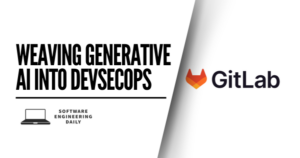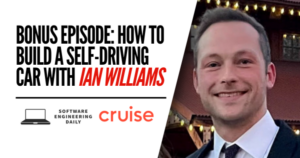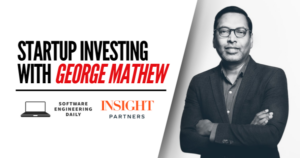Fiverr Engineering with Gil Sheinfeld
Podcast: Play in new window | Download
Subscribe: RSS


As the gig economy grows, that growth necessitates innovations in the online infrastructure powering these new labor markets.
In our previous episodes about Uber, we explored the systems that balance server load and gather geospacial data. In our coverage of Lyft, we studied Envoy, the service proxy that standardizes communications and load balancing among services. In shows about Airbnb, we talked about the data engineering pipeline that powers economic calculations, user studies, and everything else that requires a MapReduce.
In today’s episode, we explore the business and engineering behind another online labor platform: Fiverr.
Fiverr is a marketplace for digital services. On Fiverr, I have purchased podcast editing, logo creation, music lyrics, videos, and sales leads. I have found people who will work for cheap, and quickly finish a job to my exact specification. I have discovered visual artists who worked with me to craft a music video for a song I wrote.
Workers on Fiverr post “gigs”–jobs that they can perform. Most of the workers on Fiverr specialize in knowledge work, like proofreading or gathering sales leads. The workers are all over the world. I have worked with people from Germany, the Philippines, and Africa through Fiverr.
Fiverr has become the leader in digital freelancing. The staggering growth of Fiverr’s marketplace has put the company in a position similar to an early Amazon. There is room for strategic expansion, but there is also an urgency to improve the infrastructure and secure the market lead.
Gil Sheinfeld is the CTO at Fiverr, and he joins the show to explain how the teams at Fiverr are organized to fulfill the two goals of strategic, creative growth and continuous improvement to the platform.
One engineering topic we discussed at length was event sourcing. Event sourcing is a pattern for modeling each change to your application as an event. Each event is placed on a pub/sub messaging queue, and made available to the different systems within your company. Event sourcing creates a centralized place to listen to all of the changes that are occurring within your company.
For example, you might be working on a service that allows a customer to make a payment to a worker. The payment becomes an event. Several different systems might want to listen for that event. Fiverr needs to call out to a credit card processing system. Fiverr also needs to send an email to the worker, to let them know they have been paid. Fiverr ALSO needs to update internal accounting records.
Event sourcing is useful because the creator of the event is decoupled from all of the downstream consumers. As the platform engineering team works to build out event sourcing, communications between different service owners will become more efficient.
Transcript
Transcript provided by We Edit Podcasts. Software Engineering Daily listeners can go to weeditpodcasts.com/sed to get 20% off the first two months of audio editing and transcription services. Thanks to We Edit Podcasts for partnering with SE Daily. Please click here to view this show’s transcript.



















